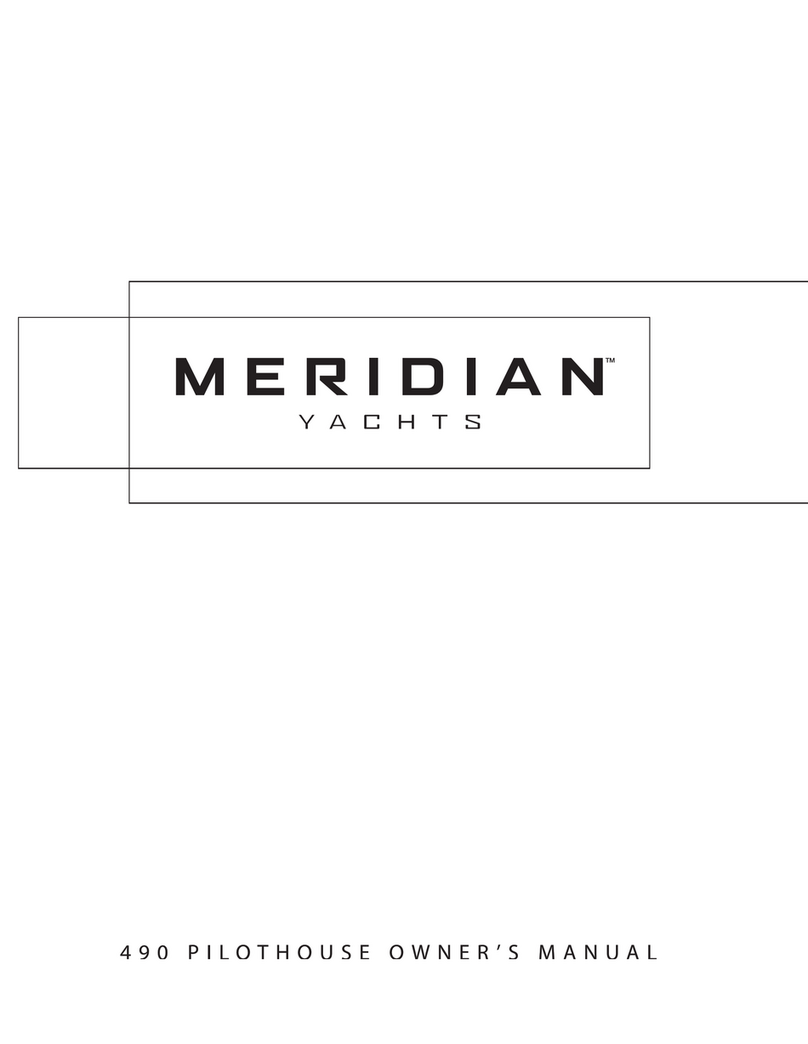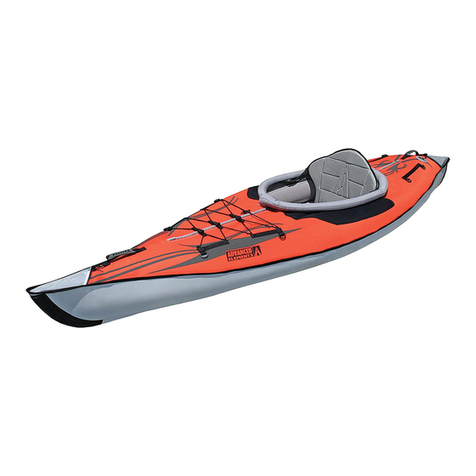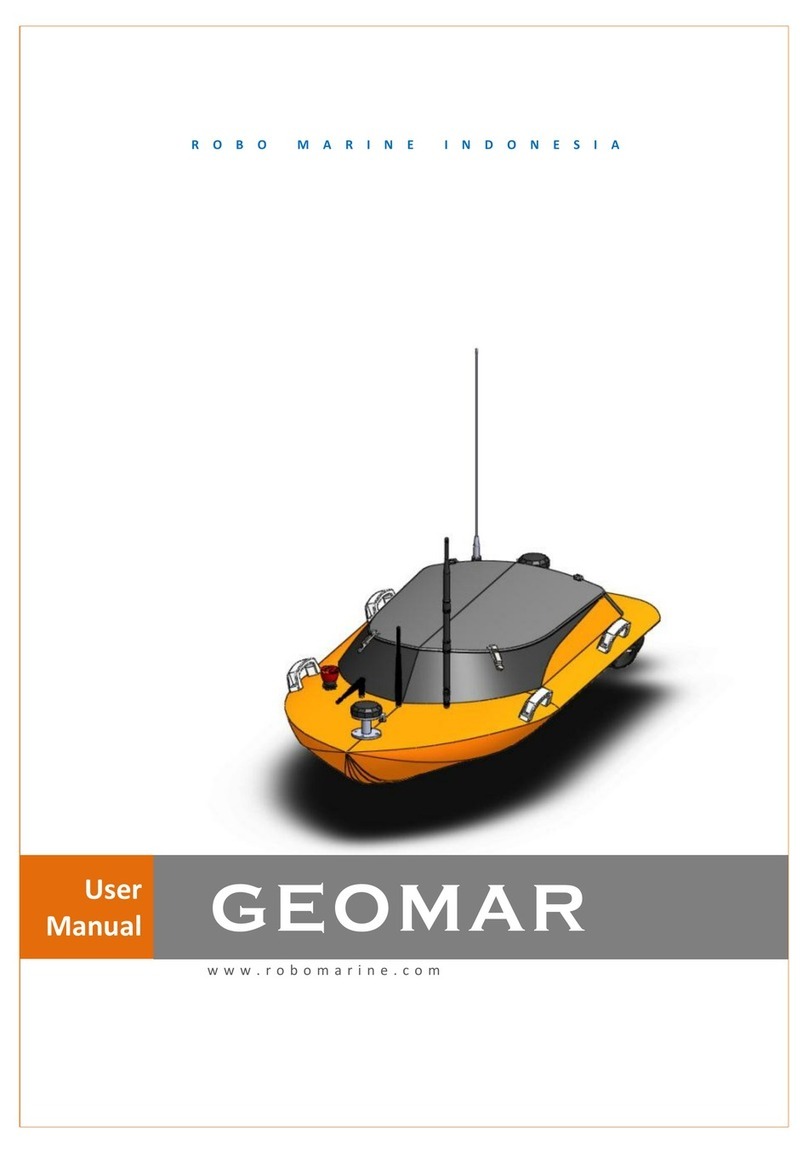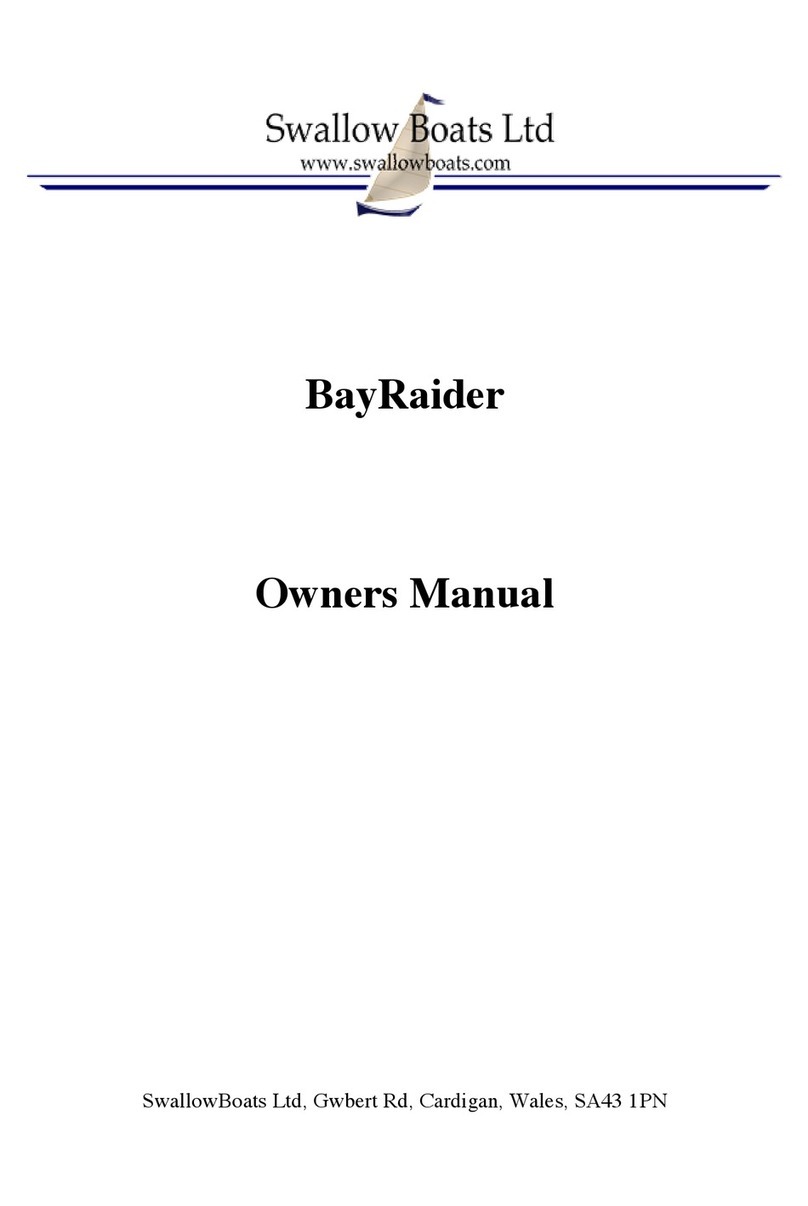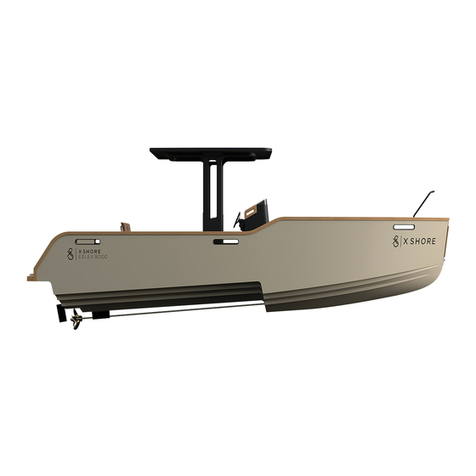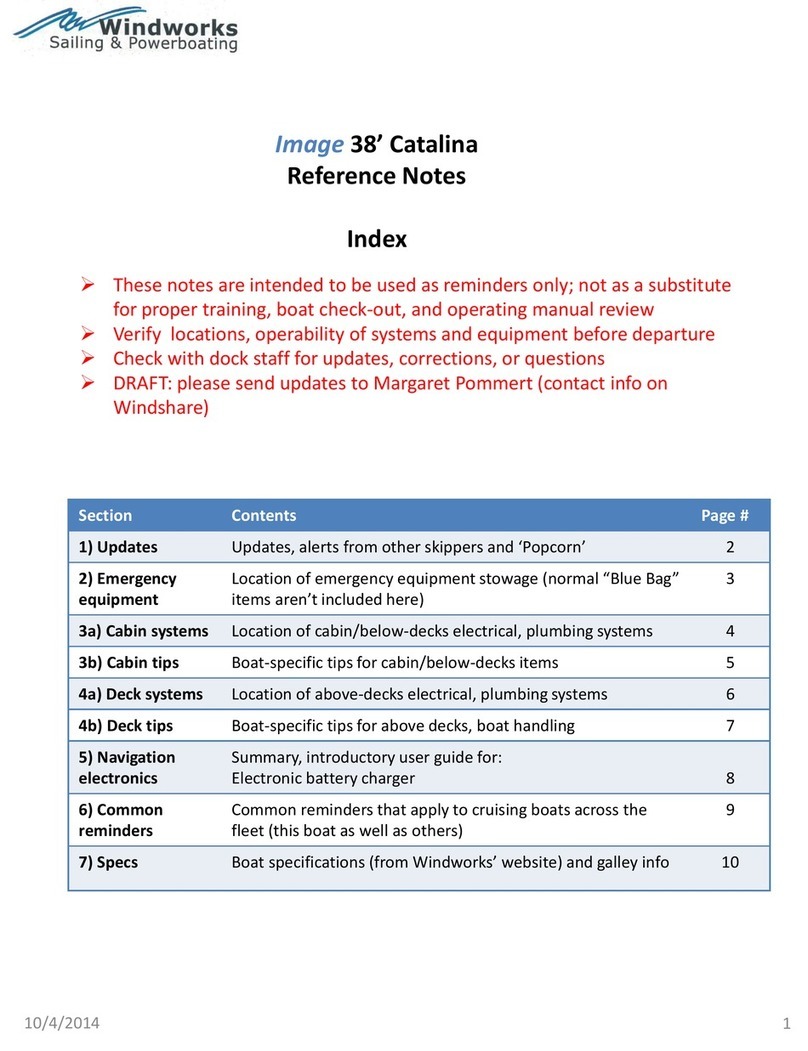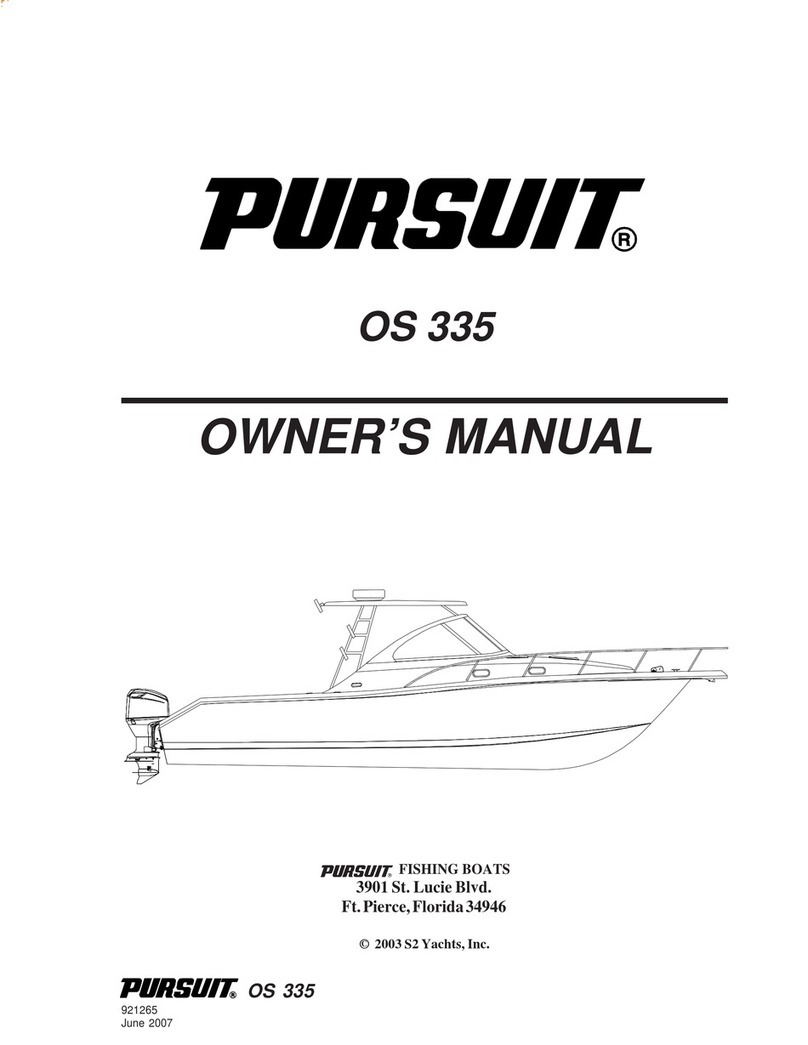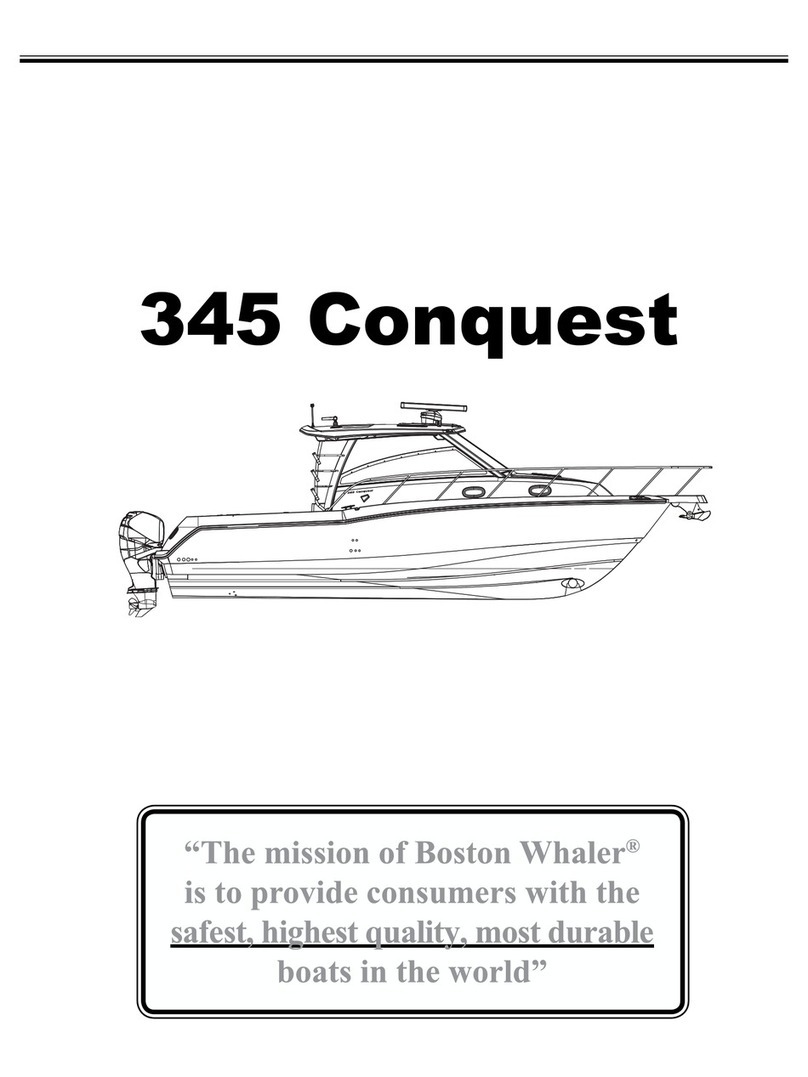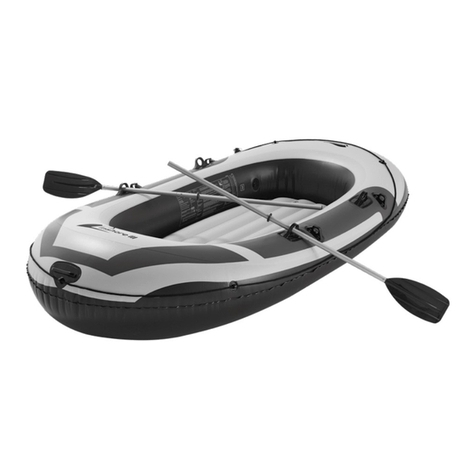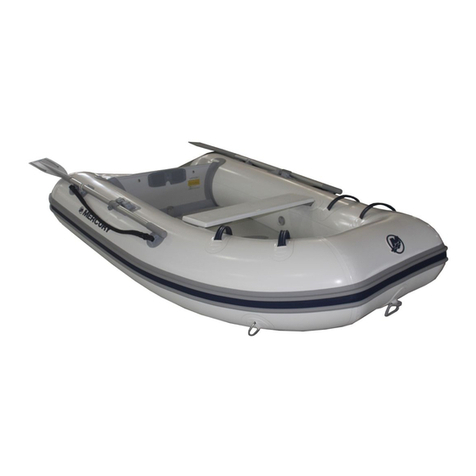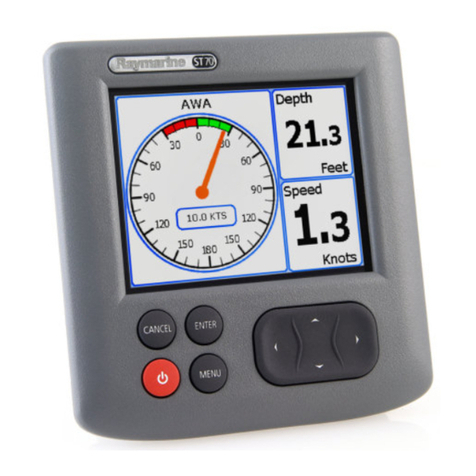
Never exceed the maximum weight capacity.
Never exceed your ability: Assess your physical capability as to how far and how long you can pedal and swim.
Make sure your drain plugs are secure.
Always familiarize yourself with the body of the water where you will be boating: Learn what hour boating is permitted, whether there are any
known hazardous conditions, and where you can get help quickly in case of emergency or accident.
Always abide by Coast Guard regulations and State and local laws, regulations, ordinances and rules concerning boating and boating safety:
Check with Coast Guard and local authorities concerning proper handling and the proper equipment to be carried on board, such as lights and
sound-producing devices.
Never use or consume alcohol, drugs or any other substance that may affect your coordination, judgment or ability to safely operate the boat.
Sound device: The Coast Guard requires boaters to have a means of signaling other boats of their presence. You should always keep a device
such as a whistle in the boat at all times. If possible, attach the sound device to your Personal Flotation Device.
Never stand up in the boat: Standing in the boat may cause it to capsize. If the boat should capsize, please note that, in most cases it is far more
dangerous to attempt to swim to shore than to stay with the boat.
Slippery when wet: The hull material may be slippery when wet. Always wear slip-resistant shoes.
Hypothermia: Boating accidents in cold water are very dangerous. Hypothermia (the loss of body heat due to immersion in cold waters) can be
deadly. Survival time can be as short as 15 minutes in 35 degree F (2 degree C) water. Dress appropriately for weather conditions, wearing a wet
or dry suit if necessary.
Never allow minors to use this boat without adult supervision: Never allow any minor to use this boat unless accompanied by an adult.
Never use this boat alone: It is best to have someone with you in case of emergency or accident. Also, always tell someone your boating plans,
including where you are going, how long you will be gone and how many people you’ll be with.
Never use this boat in severe weather conditions: Although stable, large waves could cause the boat to overturn.
Never use this boat in rapids or fast moving currents: This boat is designed for leisure. The boat could be damaged and (or) the occupants could be
severely injured should they attempt to utilize it in any other way.
Never use this boat after sunset: This boat is not equipped with horns or lighting equipment required to ensure the safety of its occupants.
Every passenger should always wear a Coast Guard approved Personal Flotation Device (PFD) when using this boat: Before going boating, read
the PFD manufacturer’s information pamphlet regarding the PFD and thoroughly familiarize yourself with how the PFD is to be worn.
WARNING
Read the following information before using your pedal boat. Failure to follow the warning precautions below may lead to serious
injury including the possibility of death.
SECURITY MEASURES

